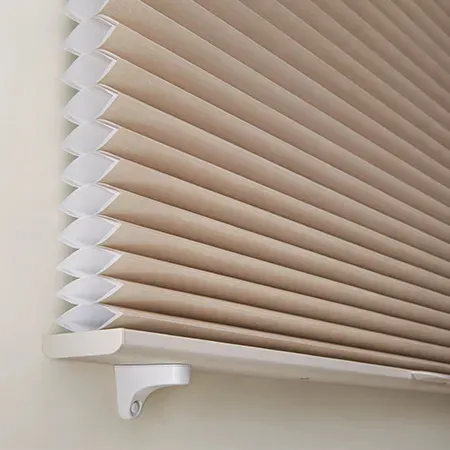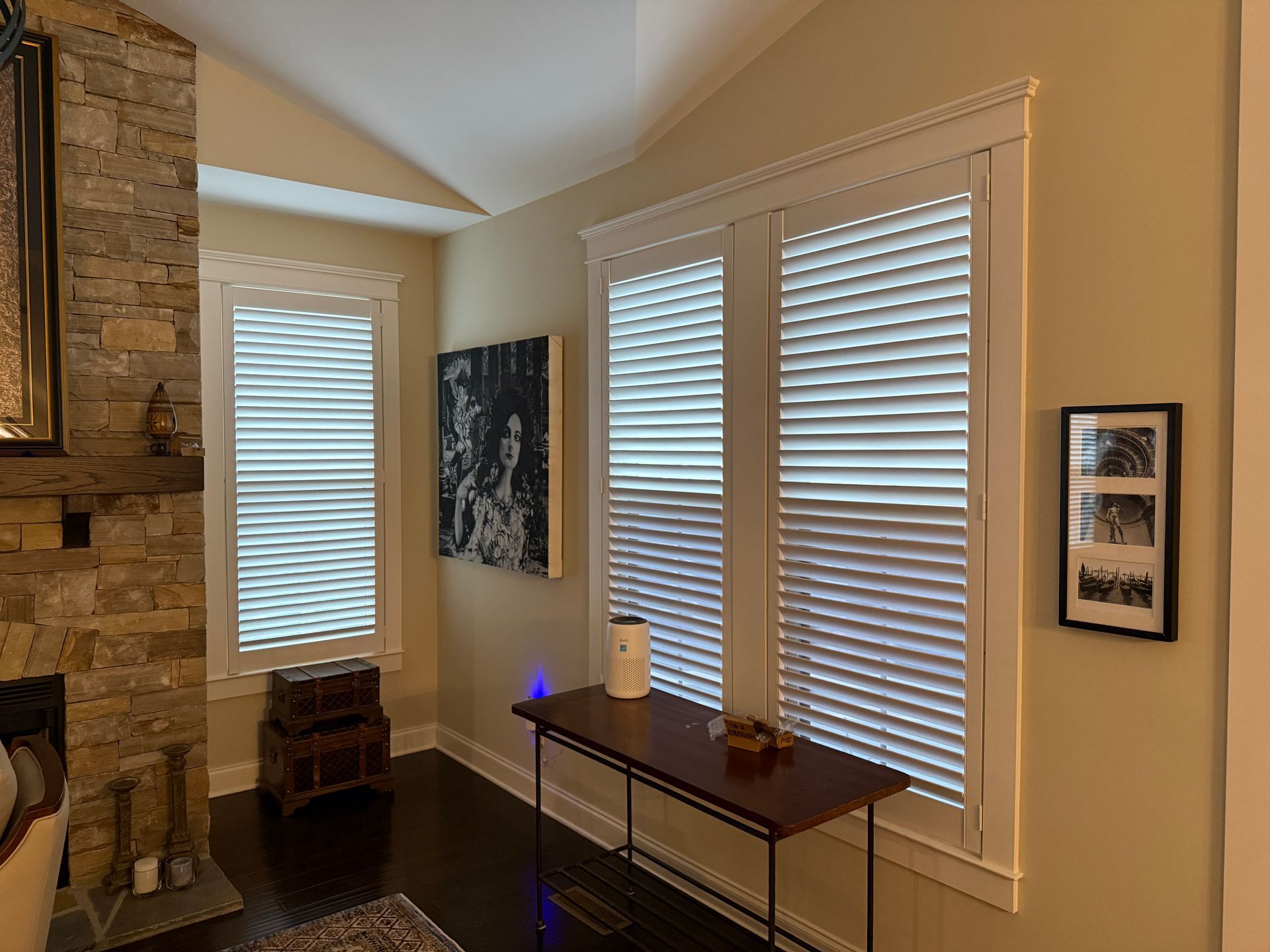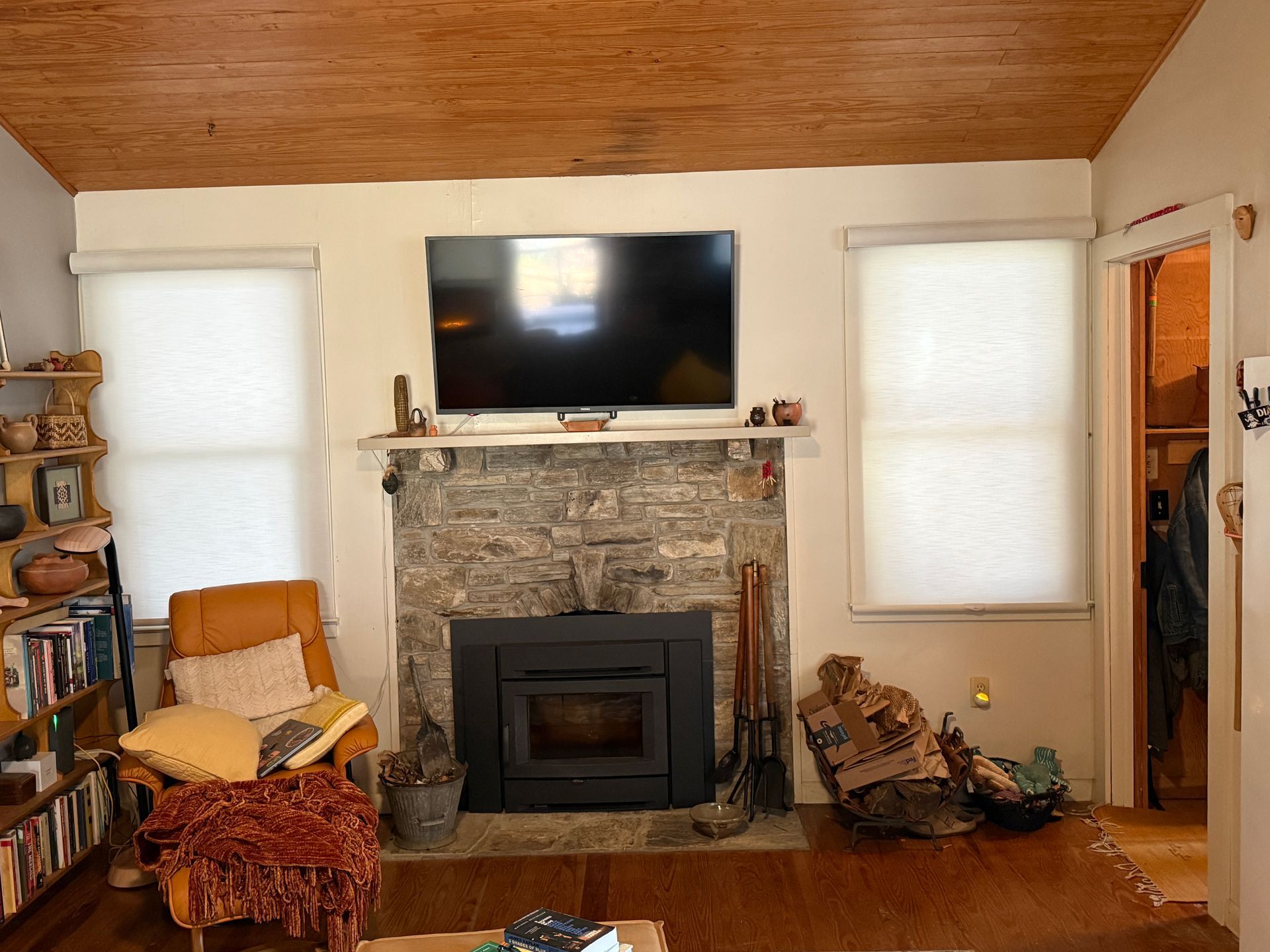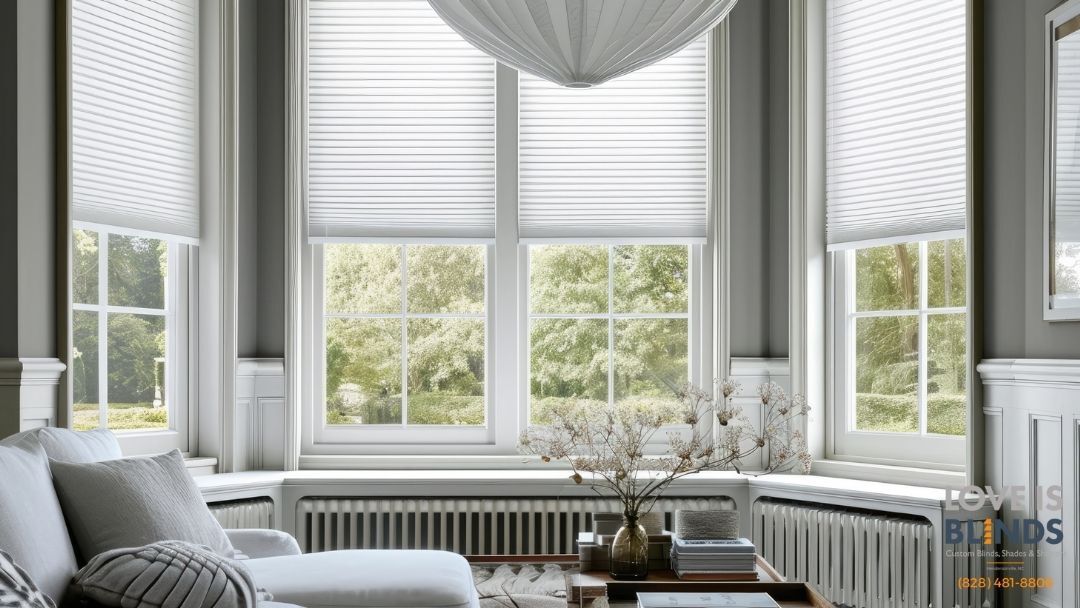Can You Inside Mount Blinds on Double-Hung Windows?
Can You Inside Mount Blinds on
Double-Hung Windows?
TL;DR
Yes, you can inside mount blinds on double-hung windows if the window frame has enough depth and no obstructions that interfere with the sash movement. Proper measurement, blind type selection, and installation techniques are key to achieving a clean and functional look.
Can You Inside Mount Blinds on Double-Hung Windows?
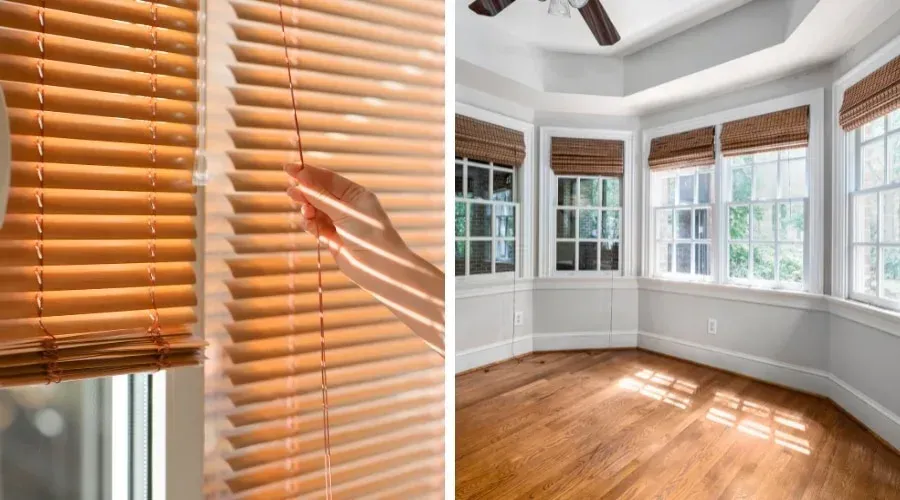
The simple answer is yes—you can inside mount blinds on double-hung windows, but success depends largely on the depth of your window frame and careful consideration of the window’s operation. This question matters for homeowners, renovators, and interior designers alike because double-hung windows have moving sashes that can complicate blind installation.
Double-hung windows have a unique design where both the upper and lower sashes slide vertically. This means the blinds must be installed so they don’t interfere with these movements or the hardware. At
Love Is Blinds NC, we often see customers unsure if inside mounting is feasible, but with the right blinds and measurements, it’s a practical and aesthetically pleasing option.
What Are Double-Hung Windows?
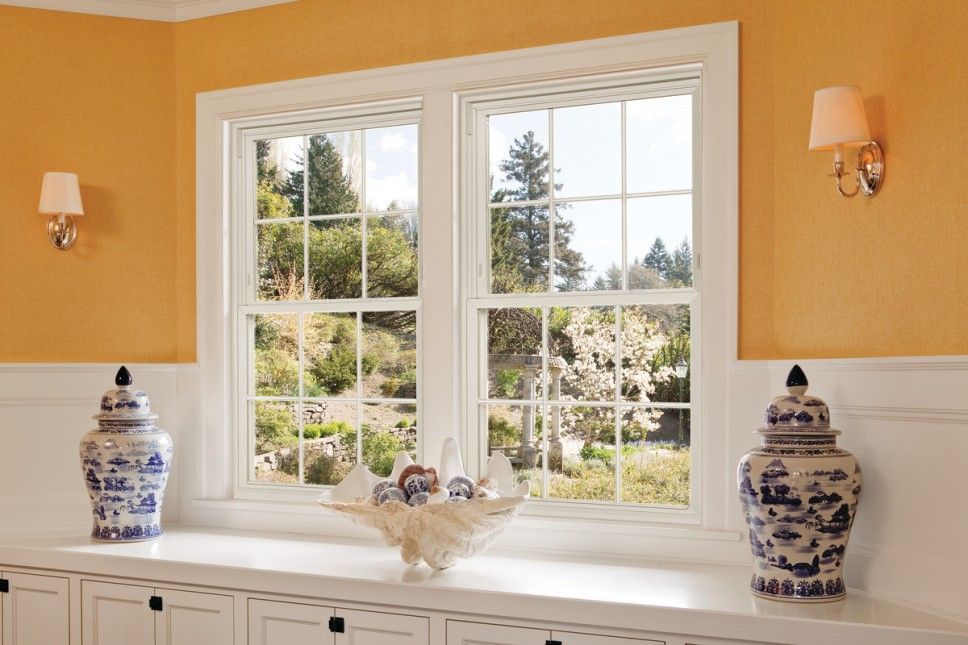
Key Features and How They Work
Double-hung windows consist of two sashes—the upper and the lower—that slide up and down within the window frame. Both sashes can tilt inward for easy cleaning, which is an important design consideration for blinds.
- Upper sash: The top movable panel that slides down.
- Lower sash: The bottom panel that slides up.
- Tilt-in function: Allows sashes to tilt for cleaning from inside the home.
Why Double-Hung Windows Need Specific Blind Consideration
Because both sashes move independently,
blinds must be installed without restricting their motion. The depth of the window frame is critical to accommodate blind brackets without impeding sash movement. If the blinds are too bulky or mounted incorrectly, they may catch on the sashes or hardware, causing damage or difficulty in operation.
Inside Mount vs Outside Mount – Which Works Best for Double-Hung Windows?
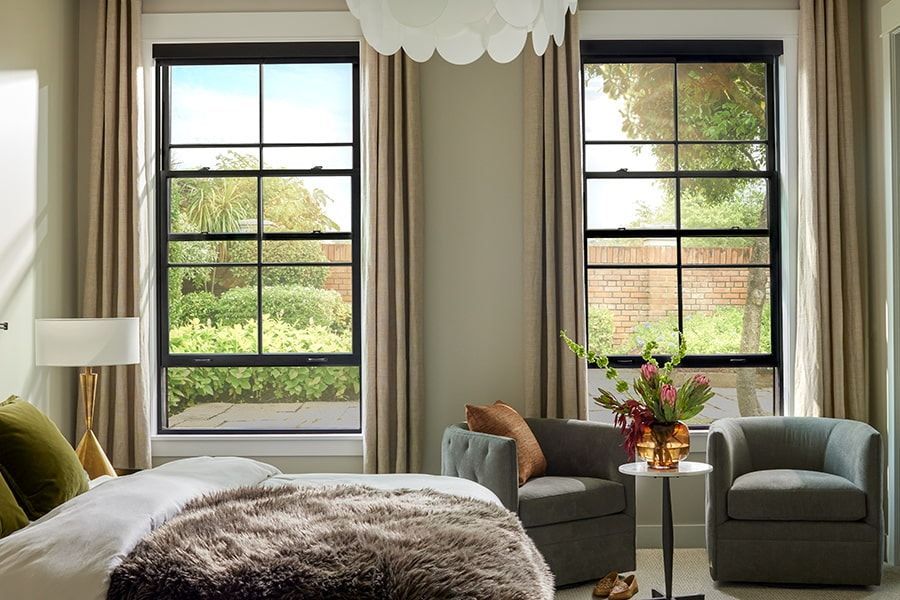
Pros and Cons of Inside Mounts
Inside mounting blinds offer a sleek, built-in look because the blinds sit recessed inside the window frame. This style maintains the architectural integrity of your windows and works well for those who prefer a clean aesthetic.
- Pros:
- Clean and recessed finish
- Protects blinds from accidental damage
- Allows for sash operation without external interference
- Cons:
- Requires sufficient window frame depth
- May require custom blinds if frame is shallow
When Outside Mount Might Be Better
If your window frame is shallow or the trim overlaps, outside mounting the blinds might be a better option. Outside mounts attach the blinds to the wall or window trim, avoiding depth limitations.
- When to choose outside mount:
- Shallow window frames that don’t fit brackets
- Overlapping trim that blocks inside mounting
- Desire to block more light by extending beyond the frame
How to Measure Double-Hung Windows for Inside Mount Blinds
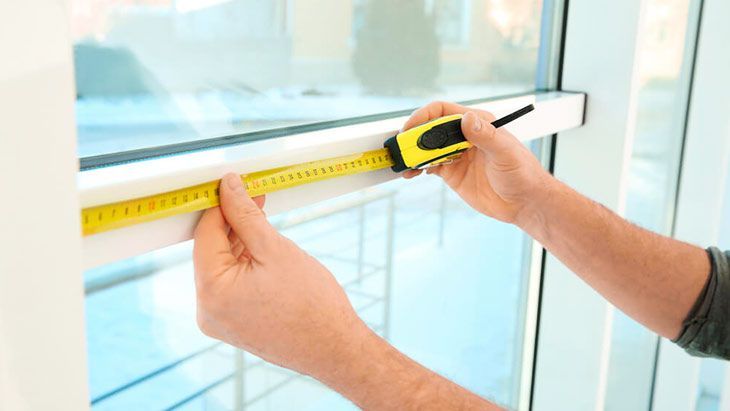
Step-by-Step Measurement Guide
Measuring correctly is essential for inside mount blinds to fit and function perfectly.
- Measure window width: Take three measurements (top, middle, bottom) inside the frame. Use the narrowest measurement for ordering.
- Measure window height: Measure from the top inside edge to the sill at three points (left, center, right) and use the shortest measurement.
- Measure window depth: This is the critical step. Use a ruler or tape to check the depth from the window glass to the inside edge of the frame.
Key Depth Requirements (By Blind Type)
Different blinds need varying depths for proper mounting.
- Mini blinds: Require at least 1 to 1.5 inches
- Cellular shades (honeycomb): Need around 1.5 to 2 inches
- Roller shades: Generally need 2 inches or more
- Wood or
faux wood blinds: Usually require 2 to 3 inches due to thickness
Obstruction Check — Sash Locks, Handles, Frame Irregularities
Look for hardware like sash locks or window handles that might protrude inside the frame. These can obstruct blind brackets or the blinds themselves, interfering with smooth operation.
Best Types of Blinds for Inside Mounting on Double-Hung Windows

Cellular Shades
Cellular shades are among the most popular blinds for double-hung windows because they offer excellent insulation and fit well in shallow frames. Their slim profile doesn’t interfere with sash movement.
Faux Wood & 2" Blinds
These provide a classic look but require deeper frames. Faux wood blinds are durable and moisture resistant, making them a favorite for kitchens and bathrooms.
Roller Shades
With their minimalist design, roller shades fit well in inside mounts, especially for modern homes. They offer smooth operation and a variety of light-filtering options.
Motorized / Top-Down Bottom-Up Options
These advanced options allow blinds to be lowered from the top or raised from the bottom, maintaining access to the tilt-in sashes for cleaning without removing blinds.
Installation Guide: How to Inside Mount Blinds on Double-Hung Windows

What You’ll Need
- Measuring tape
- Pencil
- Drill and bits
- Level
- Screws and mounting brackets
- Blind hardware kit
Mounting Brackets Inside the Frame
Install brackets carefully within the frame, ensuring they clear the sashes and any hardware. Position the top rail below the upper sash so blinds don’t interfere with sash movement.
Blind Installation and Testing
After mounting brackets, hang the blinds and test their operation by raising, lowering, and tilting the sashes. Adjust bracket placement if needed to avoid interference.
Common Challenges (And How to Avoid Them)

Shallow Window Frames
If your window frame isn’t deep enough for inside mounting, options include:
- Choosing low-profile blinds designed for narrow frames
- Switching to an outside mount for better clearance
Interference With Tilt Sashes
Avoid mounting brackets too close to sash locks or handles. Motorized blinds with top-down bottom-up operation can provide sash access without blind removal.
Uneven Window Frames
Older windows may have uneven frames that make bracket installation tricky. Use shims to level brackets and ensure blinds hang straight.
Pro Tips From Window Treatment Experts

- Use color-matching spacers to create a seamless look
- Don’t mount blinds too close to the upper sash to prevent binding
- Consider cordless blinds for child safety and clean lines
- Energy-efficient blinds like
cellular shades can improve home insulation and reduce energy bills
FAQs
Can blinds be mounted inside a window without drilling?
Yes, there are no-drill blinds that use tension rods or adhesive mounts, but these may not work well on double-hung windows with moving sashes.
What if the depth is less than required?
Consider outside mounting or ordering custom low-profile blinds designed for shallow frames.
Are there blinds made specifically for double-hung windows?
Some manufacturers offer custom blinds designed with narrower profiles and specialized mounting brackets for double-hung windows.
Can you open windows with inside mounted blinds?
Yes, as long as the blinds are properly installed and don’t interfere with sash movement. Motorized top-down bottom-up blinds enhance this functionality.
Is Inside Mount Right for Your Double-Hung Window?
Inside mounting blinds on double-hung windows works best when the window frame depth is sufficient, and there are no obstructions like sash locks or uneven frames. When done correctly, it offers a clean, stylish look and preserves window functionality. If your windows are shallow or have tricky hardware, consider outside mounts or custom blinds to ensure smooth operation.

